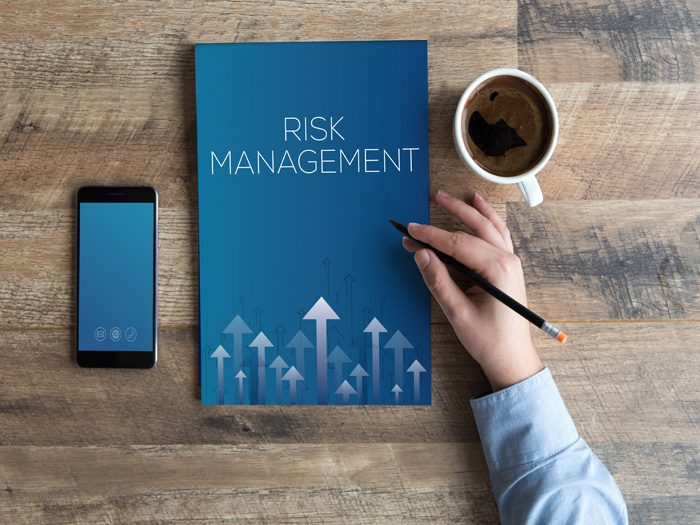Risk Management 2025: What Will the Industry Look Like in Just a Few Short Years

Is risk management the only industry where baby boomers are retiring? The generation has famously shunned retirement and has clung to jobs in every sector from white-collar jobs, such as those in higher education, to blue-collar work in factories and agriculture.
But somehow, risk management is seeing its share of retirees, making this an ideal time for young risk professionals and students.
That is, if they have the skills for the job.
RIMS’ Risk Management Talent 2025 report found that 94% of survey respondents believe risk management professionals will need to develop new skills to meet future challenges in the profession, and only 32% believe that risk management professionals are prepared to make these changes.
A lack of skills isn’t the only problem facing the industry, however.
Only 16% of respondents think that there will be enough graduates to fill open positions in risk management by 2025.
“Many people feel there’s a shortage, because they don’t have enough people that can be acclimated fast enough to the things that are going on or they can’t keep up with change. That’s where I see the next generation as being so important,” said Robert Cartwright Jr., RIMS Diversity and Inclusion Advisory Council member and RIMS ex officio.
The report is a joint initiative of RIMS, the risk management society ®, Chubb ®, The Hartford and Willis Towers Watson.
Book Smart Rather Than Street Smart
The lack of preparedness among young risk professionals could be the result of gaps in college risk management curriculum.
RIMS’ survey found that 92% of executive leaders in risk management believe colleges and universities need to substantially alter their curriculum to meet future risk management needs. Seventy-six percent of all respondents agreed that curriculum needs an update.
Part of the reason many risk professionals are calling for a change to curriculum may be because of the number of emerging risks that exist today.
“Risk is having a bigger and bigger impact on businesses. People are looking at reputational risk, they’re looking at risks that are associated with what they’re doing and within their community,” Cartwright said.
“It’s a combination of what does the industry want, what is the industry looking for and how do we train the next group of folks to come into that?”
The top skills respondents believe young risk management professionals need ranges from technical and data analytic skills to interpersonal abilities, with an understanding of coding language, public speaking and the ability to leverage diversity and inclusion initiatives frequently mentioned as necessary for anyone in the industry.
Future Challenges and How to Face Them
Several trends emerged when survey respondents were asked what the main challenges facing risk professionals today are.
Unsurprisingly, retaining talent and the disconnect between what students learn in the classroom and what the job demands remains a top concern for many.
Another challenge that was top of mind were securing leadership buy-in for enterprise risk management (ERM) concepts and frameworks, an issue that Cartwright said can be helped by showing organizations how ERM works with each part of the company and its mission.
“The number one concept of ERM is enterprise, which means that everyone is involved in the risk of your organization. And I tell people that the number one thing you need to do if you’re thinking about ERM as an organization is to ask: what is the mission of your organization?” Cartwright said.
Don’t Shut Down Diversity
Diversity and inclusion initiatives are viewed positively by many in the industry, according to the survey’s results. Eighty-eight percent of risk professionals believe that a culturally and professionally diverse risk management workforce is necessary for the future.
Related: 10 Reasons Why Insurance and Risk Management Is a Great Career
“Diversity is the things we mix up, and inclusion is the thing that makes it work,” Cartwright said.
“You can be a diverse organization… but that doesn’t make your organization inclusive. Inclusion means that if you want these people on board, then you have their thoughts as part of the business plan.”
While the majority of risk professionals responded positively toward diversity and inclusion, there were some trends within which groups were most ready to embrace diversity initiatives than others.
Ninety-two percent of female respondents, for example, agreed that the risk management profession needs people from a variety of cultural backgrounds. Only 82% of male respondents thought the same thing.
Younger risk professionals were also slightly more likely to look at diversity as a top priority. Eighty-three percent of the most seasoned risk professionals agreed with statements regarding diversity, whereas 93% of millennials surveyed agreed and 95% of them believed that a diversity of perspectives is vital for the future of risk management.
“If you don’t understand the dynamics of diversity you’ve missed a business opportunity and that’s so vital and so key,” Cartwright said.
“The next group of folks that is coming in, they want diversity, they want inclusion, they want to feel like they’re a part of something.” &










